Walcz
After the First World War, Europe’s borders changed and former states resurrected. For the German part, the loss in the war meant former territory in the east were given to Poland. The new borders were usually disputed and despite the devastation of the First World War, another war could not be ruled out. From the German side, therefore, at the beginning of the thirties began to build a line of defense along the border with Poland in order to face an attack from the east. The line was located in the region of Pomerania and was therefore named the Pomeranian line and stretched from Gorzow (german Landsberg an der Warthe) in the south to Polanow (german Polnow) in the north. It began to be built in 1932 as a light defence with strategically placed reinforced positions. One of these strengthened positions was at the town of Walcz (german Deutsche krone). When the germans invaded Poland in September 1939, the defense line lost its purpose, but in connection with german setbacks in 1944, the germans began to strengthen the line in order to face the Soviet offensive. In early 1945, bitter battles were fought along the line before the stronger Soviet Red army could break through.
Current status: Demolished with museum (2024).
Location: 53°16'01.71"N 16°29'54.54"E
Get there: Car.
Follow up in books: Kaufmann, J.e.: Fortress Europe: European Fortifications of World War II (2002).
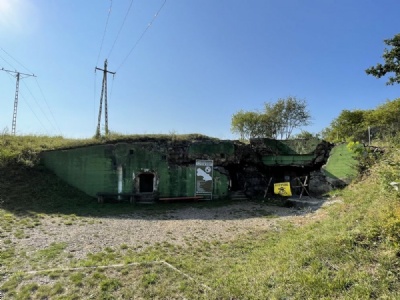
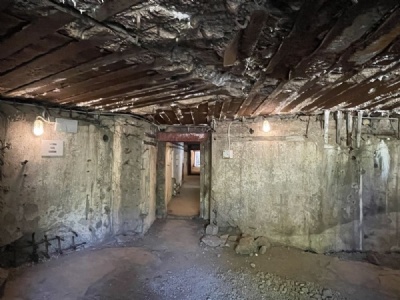
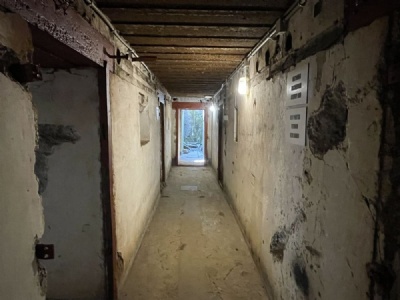

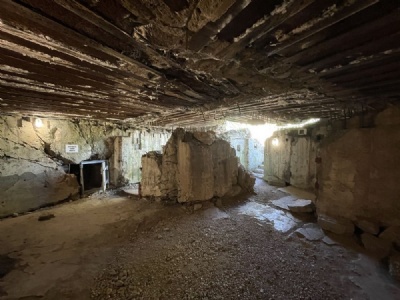
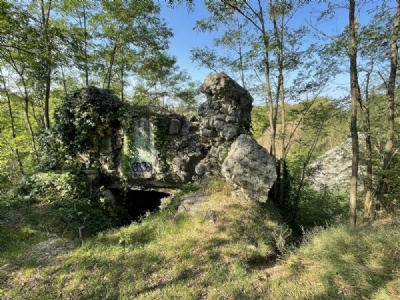
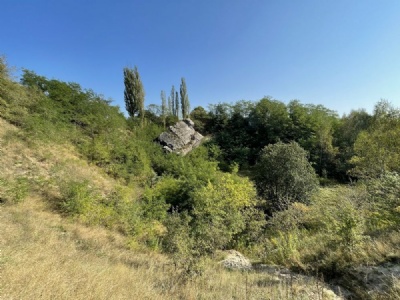
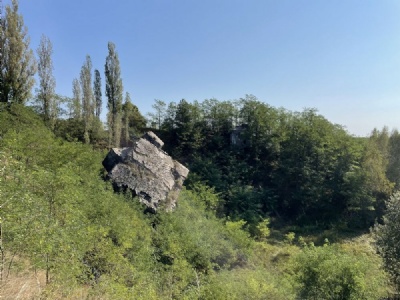
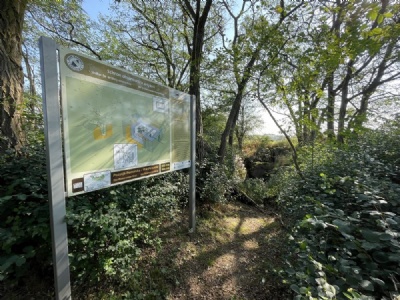
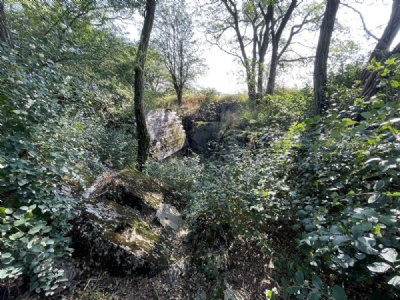

There is a moderately long path that you can walk passing several bunkers and positions starting from an outdoor military museum. Some bunkers can be entered and some are located on steep slopes. The military museum is a collection of equipment and vehicles from different eras and not just from the Second World War.